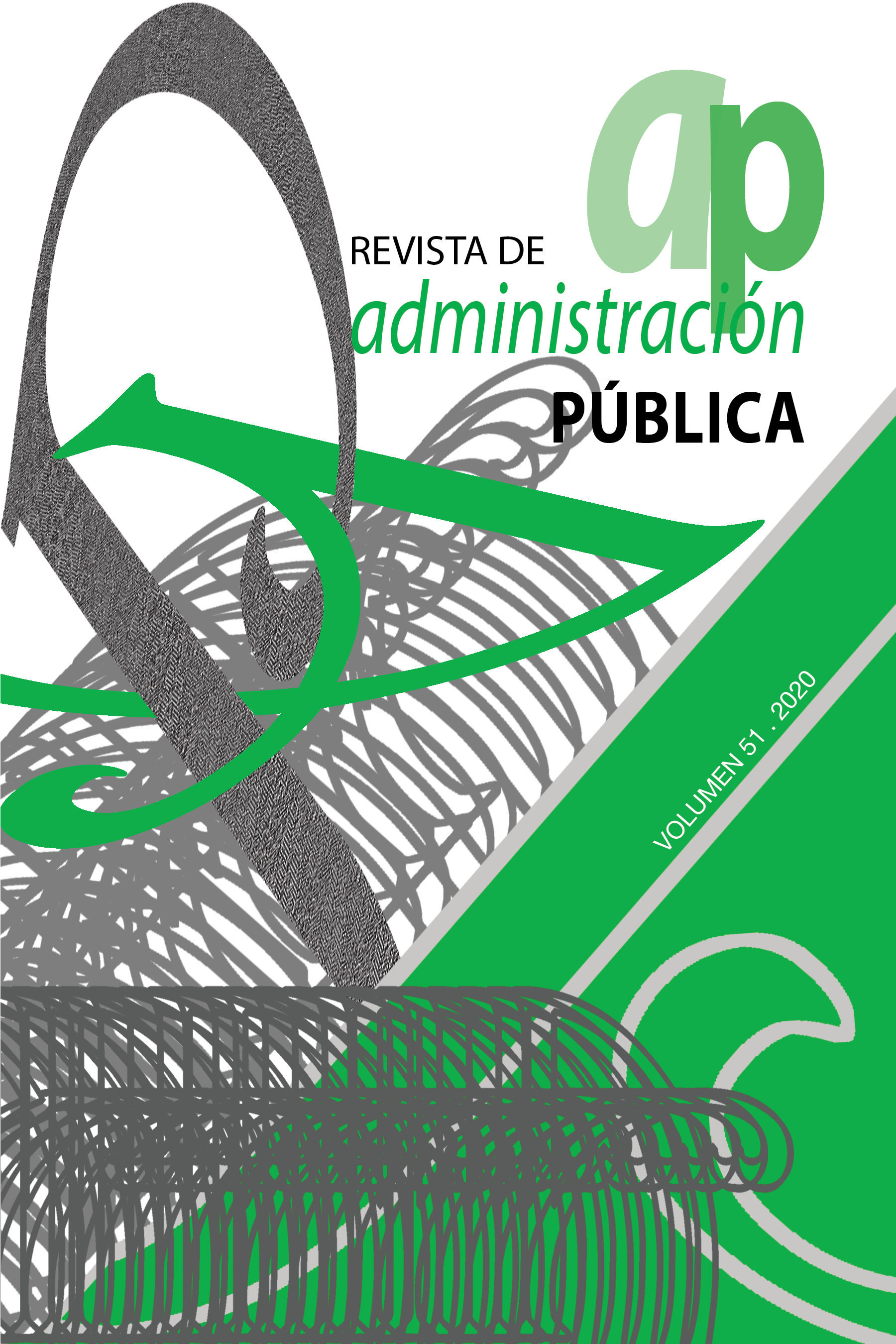Resumen
Este trabajo es el primer estudio exploratorio realizado en Puerto Rico sobre las dos leyes (Ley 149-1998 y Ley 85-2018) que han dirigido la reforma educativa de los últimos veinte años en el sistema escolar público de Puerto Rico. Dentro del contexto social y económico de la educación en Puerto Rico se examinan los cambios en la política pública, con énfasis en el modelo de las escuelas alianzas o chárter, piedra angular de la Ley 85-2018 y eje de importantes debates en el país. Desde una perspectiva crítica y comparativa se discute su origen y la ideología sobre la cual se fundamenta. También se analiza el potencial y las limitaciones que tiene este modelo para propiciar cambios en el sistema educativo del país.
La investigación se nutre de múltiples fuentes de información, tales como: literatura especializada en el tema de la educación, enmarcada en el caso específico de Puerto Rico; entrevistas realizadas a funcionarios del Departamento de Educación; trabajo empírico realizado en dos centros de enseñanza que utilizan diferentes modelos alternativos de enseñanza; y una breve comparación de las escuelas alianzas o chárter en Puerto Rico, California y Nueva York. El análisis permitió dar respuestas a algunas interrogantes y ofrecer recomendaciones de política pública para el sistema de educación pública del país.
Citas
Adamson, F., Astrand, B. & Darling-Hammond, L. (Eds.). (2016). Global educational reform: How privatization and public investment influence educational outcomes. Routledge.
Aguilar Villanueva, L. (2014). Las dimensiones y los niveles de la gobernanza.
Cuadernos de Gobierno y Administración Pública, 1 (1), 11-36. file:///C:/Users/PIU/Downloads/45156-Texto%20del%20art%C3%ADculo-71520-3-10-20140616.pdf
Affeldt, J. T. (2015). New accountability in California through local control funding reforms:
The promise and the gaps. Education Policy Analysis Archives, 23(23). http://dx.doi.org/10.14507/epaa.v23.2023
Cordero Guzmán, H. R. (2005). Latinos and education: A statistical portrait. En P. Pedraza & M. Rivera (Eds.), Latino Education: An Agenda for Community Action Research, Routledge (1 ed., pp. 157-164).
Almond, M. R. (2012). The black charter school effect: Black students in American charter schools. The Journal of Negro Education, 81(4), 354-365.
Brusi, R., Díaz, W., & González, D. (2010). Tan cerca y tan lejos: “Mérito”, pobreza, y la educación superior pública en Puerto Rico. Revista de Ciencias Sociales, 23, 68-103. https://revistas.upr.edu/index.php/rcs/article/view/7470
Burke-Harris, N. (2019). The Deepest Well:Healing the long-Term Effects of Childhood Adversity.Boston:Mariner Books.
Cobb, C. D., & Glass, G. V. (1999). Ethnic segregation in Arizona charter schools. Education Policy Analysis Archives, 7, 1. https://doi.org/10.14507/epaa.v7n1.1999
Cordes, S. A. (2018). Charters and the common good: The spillover effects of charter schools in New York City. Education Next, 18(2). https://www.educationnext.org/files/ednext_xviii_2_cordes.pdf
David, R., & Hesla, K. (2018). Estimated public charter school enrollment, 2017-2018. National Alliance for Public Charter Schools. https://www.publiccharters.org/sites/default/files/documents/2018-03/FINAL%20Estimated%20Public%20Charter%20School%20Enrollment%2C%202017-18.pdf
Dixson, A. D., Buras, K. L., & Jeffers, E. K. (2015). The color of reform: Race, education reform, and charter schools in post-Katrina New Orleans. Qualitative Inquiry, 21(3), 288-299. https://doi.org/10.1177/1077800414557826
Enchautégui, M. et.al., (2019). A future of child poverty in Puerto Rico: How much it costs and what we can do about it. Youth Development of Puerto Rico.
Flores, A. R., & Quijano, C. A. (2017). The impact of hurricane Maria on Puerto Rico’s children: Analysis and initial recommendations. https://media.noticel.com/o2com-noti-media-us-east-1/document_dev/2018/03/-01/19473_1519943642953_10548576_ver1.0.pdf
Freelon, R., Bertrand, M., & Rogers, J. (2012). Overburdened and underfunded: California public schools amidst the great recession. Multidisciplinary Journal of Educational Research, 2(2), 152-176. https://hipatiapress.com/hpjournals/index.php/-remie/article/view/217/207
Hernández Angueira, L. & Rey Hernández, C. (2017). Violencia: Género y trata. Fundación Ricky Martin. http://rickymartinfoundation.org/wp-content/uploads/2017/03/LIBRO-TRATA-HUMANA-web1.pdf
Honig, M. I. (2004). The new middle management: Intermediary organizations in education policy implementation. Educational Evaluation and Policy Analysis, 26(1), 65-87. https://doi.org/10.3102/01623737026001065
Lake, R., Cobb, T., Sharma, R., & Opalka, A. (2018). Why is charter growth slowing? Lessons from the Bay Area. Education Next, 18(3), 6-15. https://www.educationnext.org/files/ednext_xviii_3_lake_etal.pdf
Lewis, J., Nodine, T., & Venezia, A. (2017). Roles for county Offices of Education to Support College and Career Readiness: Bridging California's vision with local implementation needs. [Policy Brief]. California State University, Sacramento. Education Insights Center. https://files.eric.ed.gov/fulltext/ED574445.pdf
Lipovetsky, G. (2018) La era del vacío. Anagrama.
Mulder, L. (2018). Neoliberalism and the School Choice Movement in the United States. [Master’ thesis, Western University]. https://ir.lib.uwo.ca/sociology_masrp/20
Pérez, M. S., & Cannella, G. S. (2011). Disaster capitalism as neoliberal instrument for the construction of early childhood education/care policy: Charter schools in post-Katrina New Orleans. International Critical Childhood Policy Studies Journal, 4(1), 47-68. https://journals.sfu.ca/iccps/index.php/childhoods/article/view/40
Picower, B., & Mayorga, E. (2014). Introduction. En B. Picower & E. Mayorga (Eds.). Whats race got to do with it? How current school reform policy maintains racial and economic inequality (pp. 1–20). Peter Lang Inc., International Academic Publishers.
Raffel, J. A. (2007). Why has public administration ignored public education, and does it matter? Public Administration Review, 67(1), 135-151. https://doi.org/10.1111/j.1540-6210.2006.00703.x
Renzulli, L.A., & Evans, L. (2005). School choice, charter schools, and white flight. Social Problems, 52(3), 398–418. https://doi.org/10.1525/sp.2005.52.3.398
Rey Hernández, C.A. (2008). El reto de la gobernabilidad en la educación pública en Puerto Rico. Taurus.
Rey, C., & Hernández, L. (2010). La trata de personas en Puerto Rico: Un reto
a la invisibilidad. Johns Hopkins University, Universidad de Puerto Rico, Fundación Ricky Martin. http://rickymartinfoundation.org/images/rmf_spanish_final1.pdf
Rey, C., & Hernández, L. (2014). La trata de personas en Puerto Rico: Una forma moderna de esclavitud en Puerto Rico. Universidad de Puerto Rico, Fundación Ricky Martin. http://rickymartinfoundation.org/wp-content/uploads/2017/04/rmf_spanish_final.pdf
Timar, T. (2006). Financing K–12 education in California. A system overview. Unpublished Manuscript, University of California, Davis, March.
Tucker, M.S. (Ed.) (2011). Surpassing Shanghai: An agenda for american education built on the world’s leading systems. Harvard Education Press.
Wells, A. S. (1998). Charter school reform in California: Does it meet expectations? Phi Delta Kappan, 80(4), 305-312.
Yun, J. T., & Moreno, J. F. (2006). College access, K-12 concentrated disadvantage, and the next 25 years of education research. Educational Researcher, 35(1), 12-19. https://doi.org/10.3102/0013189X035001012
Zimmer, R., & Buddin, R. (2009). Is charter school competition in California improving the performance of traditional public schools? Public Administration Review, 69(5), 831–845. https://doi.org/10.1111/j.1540-6210.2009.02033.x

Esta obra está bajo una licencia internacional Creative Commons Atribución-NoComercial-SinDerivadas 4.0.

